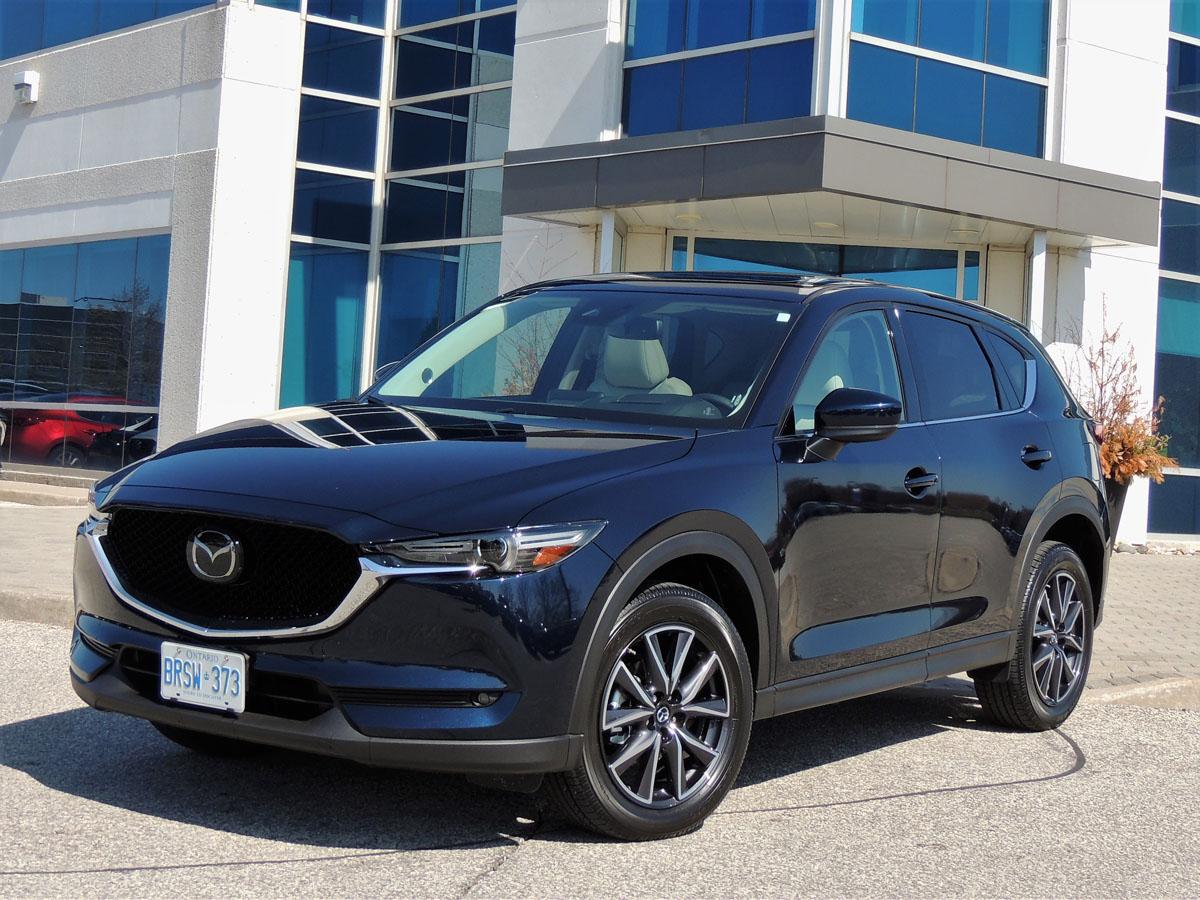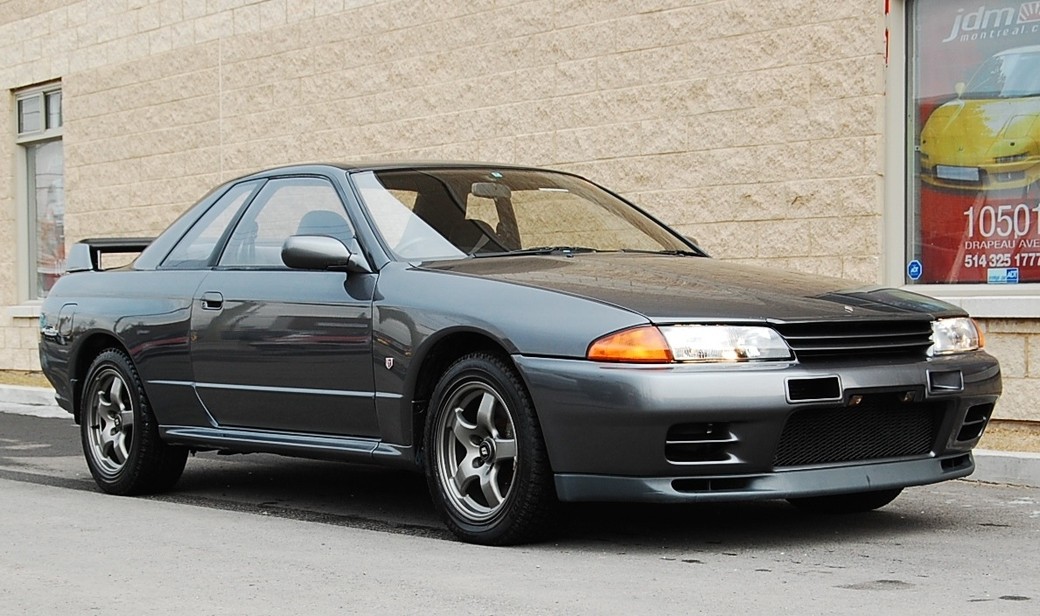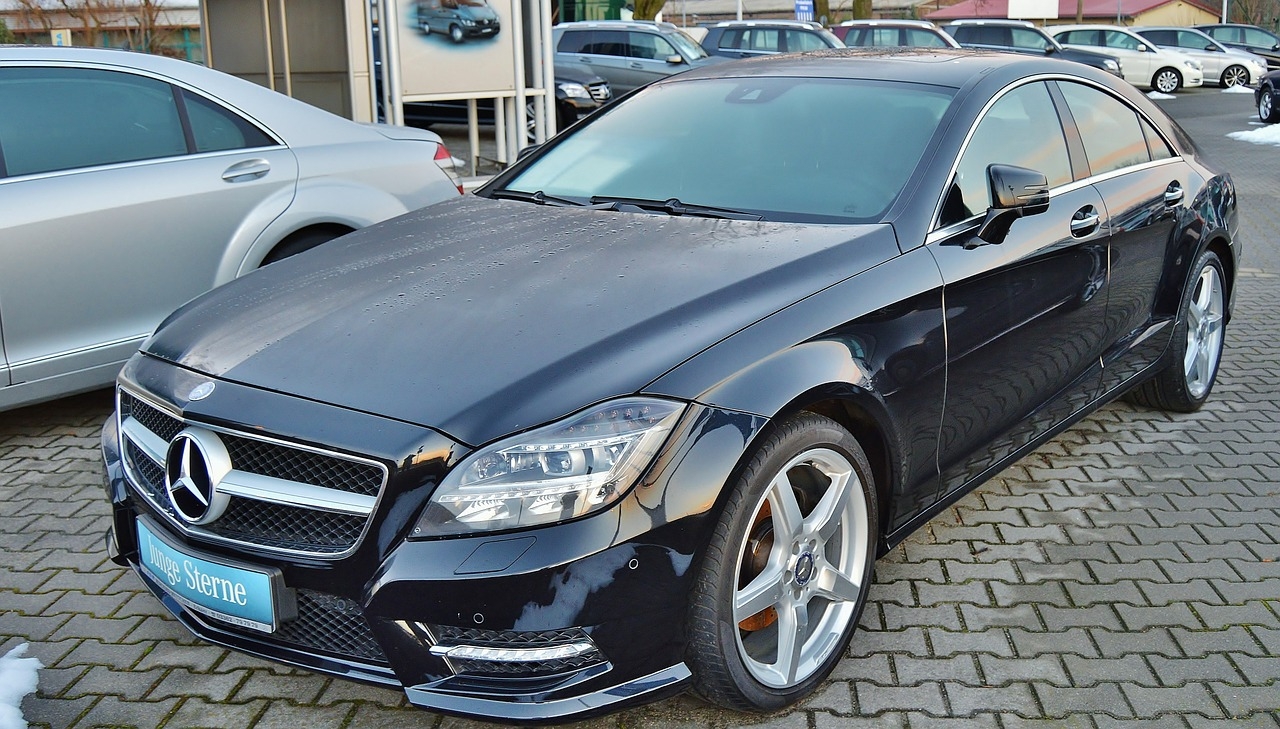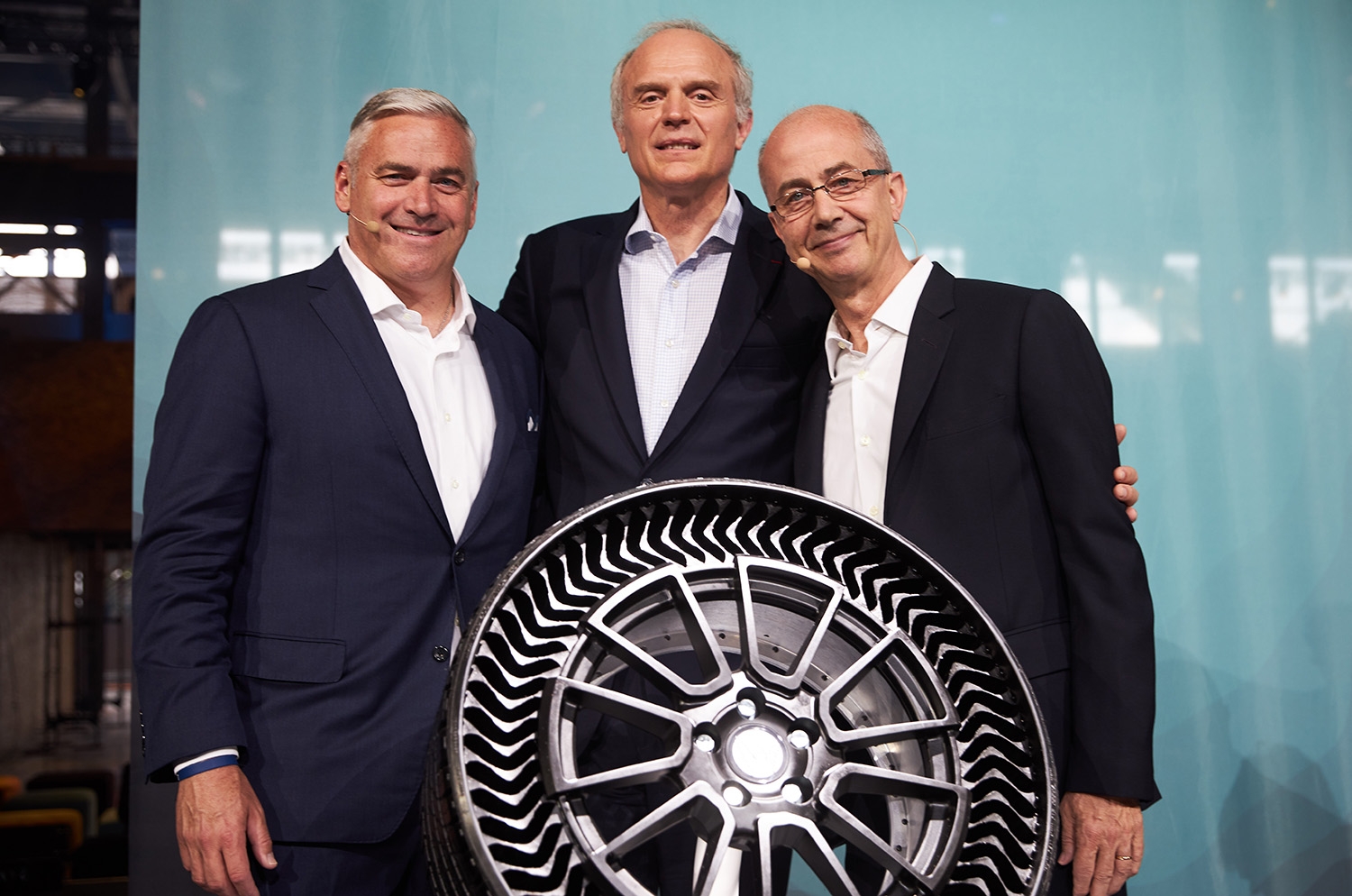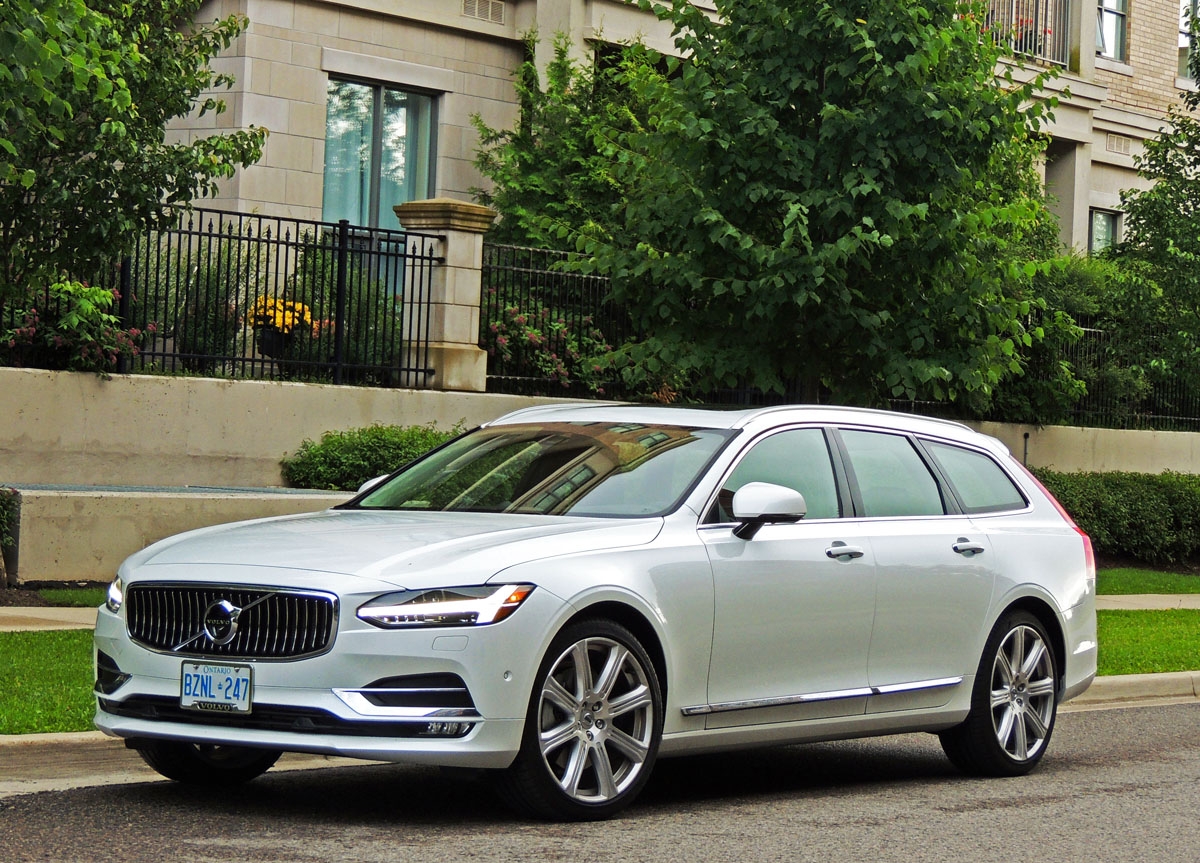
Volvo offers choice of flagship wagons for town and country
Photos by Neil Moore / Feature image: Long, low and wide, the Volvo V90 flagship wagon gets high marks for styling.
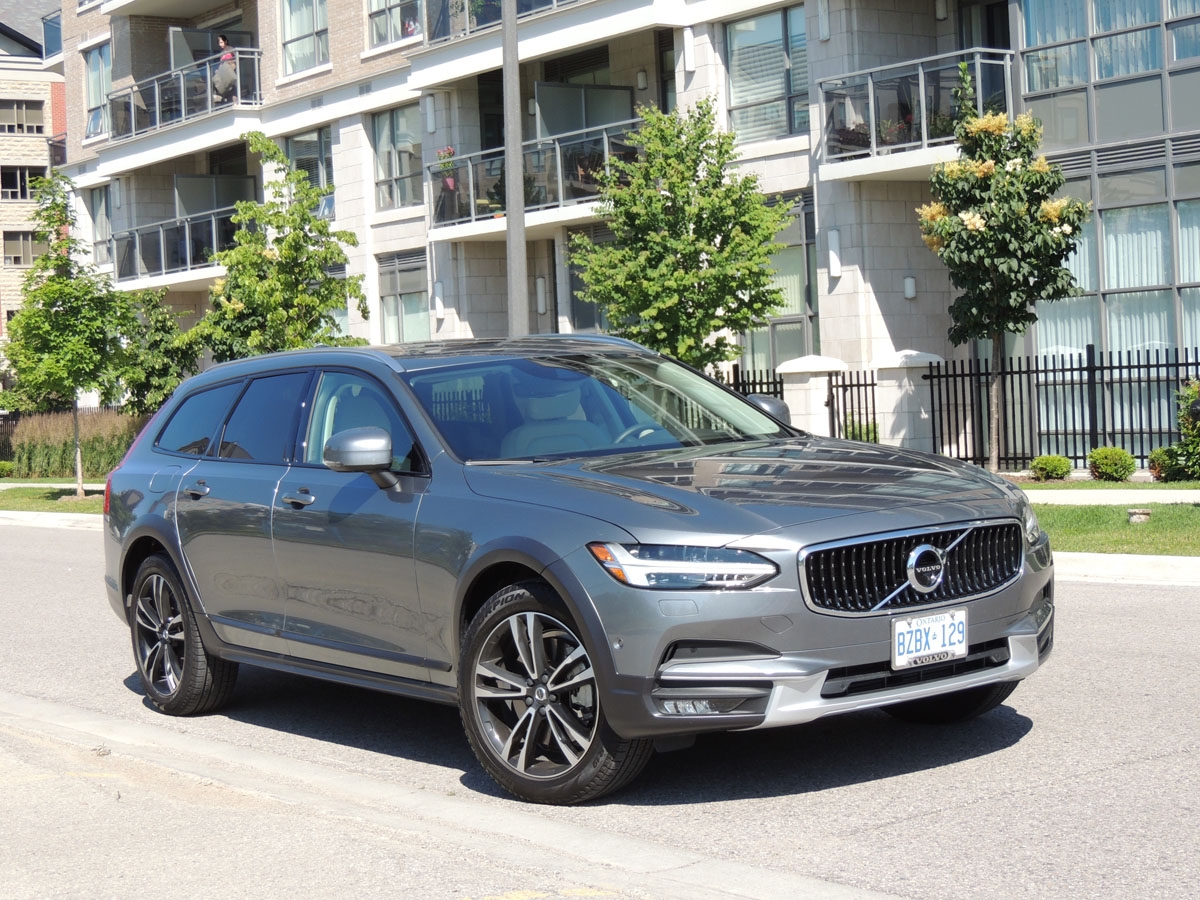
I’ve long been a fan of wagons. Not just because they’re a better-handling, less cumbersome take on the ubiquitous SUV. But because when they’re done well, like those that hail from overseas, the result is an ideal blend of practicality, performance and panache.
We haven’t yet hit upon the right alchemy of size, shape and styling in North America, and have endured the “dark ages” of the wagon – in the seventies and eighties – when it was a lifeless lummox. No wonder buyers dropped it for the sport utility.
But today’s wagons like BMW 3 Series Touring, Audi A4 allroad Quattro, Volvo V60 and their recently-launched V90 (and Cross Country sibling), deserve more respect on these shores. And should attract more than a niche following.
The V90 is a full-size luxury wagon, and the Cross Country a nearly identical CUV. The major differences between them is that the CC rides 57 mm higher and gets chip-resistant wheel arch extensions and lower body parts where the gravel is more likely to hit.
Pricing starts at $59,900 for the V90 and $61,900 for the CC, with each benefiting from Volvo’s proven AWD system that comes standard in our market.
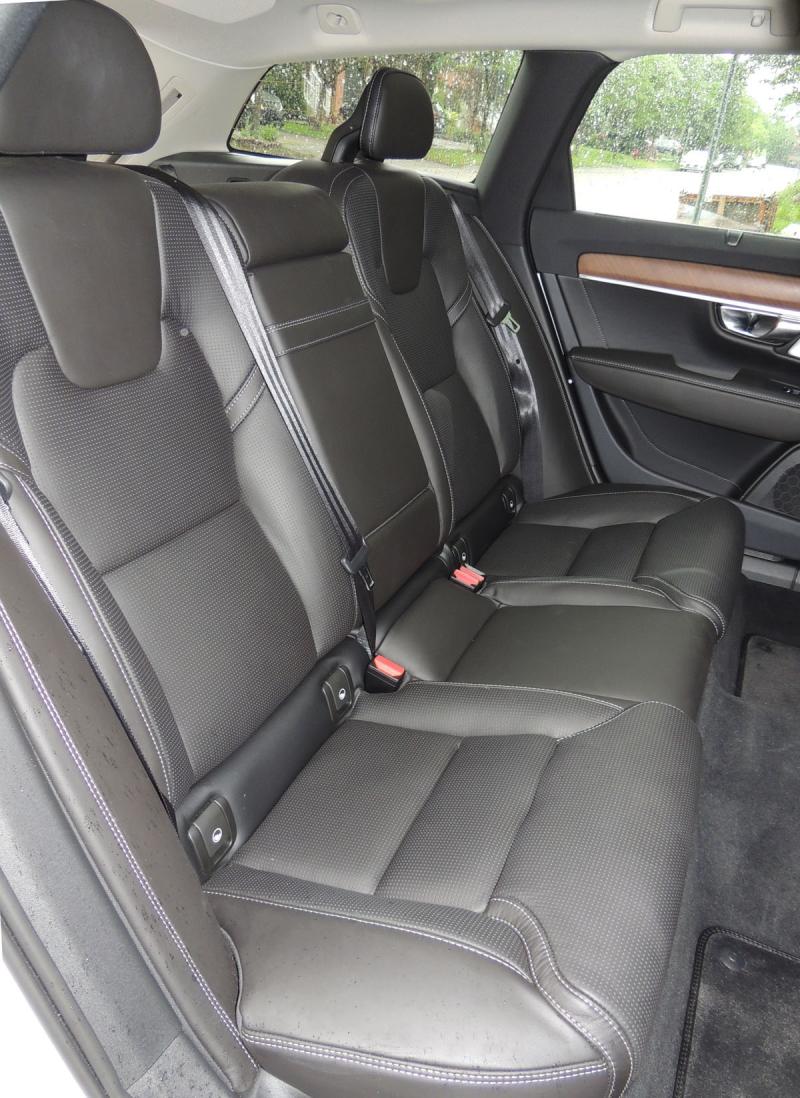
Like other new Volvos, both are built upon the automaker’s Scalable Product Architecture (SPA), and are powered by a 2.0-litre turbocharged and supercharged four-cylinder engine.
I was initially skeptical about the powertrain – even with numbers like 316 hp and 295 lb/ft of torque – considering both vehicles tip the scales at roughly two tons. Nonetheless, the V90 will sprint from zero to 100 km/h in just 6.1 seconds, with the CC hitting stride 0.2 seconds later.
Such fleetness is thanks to a careful choice of components that transfer power like a skilled relay team. The supercharger, with direct drive from the engine, provides the initial kick until the turbocharger spools up and joins in. With all three running full bore, and the eight-speed Geartronic automatic delivering snappy gear changes (in ‘Dynamic’ mode), acceleration is brisk and linear, but there’s little noise other than a subtle, but lovely whine from the blower.
I’ve also heard some whine about Volvo opting for a four-pot engine in a luxury ride, I’m not buying it.
Handling, too, is better than I’d have expected. Both vehicles are nearly five metres long, and just over two metres wide, yet handle like mid-size sedans – in particular the lower-riding V90 with its big 20-inch wheels pushed to the corners.
I haven’t driven the V90 as hard as I did its S90 sedan sibling, which took place on a slalom course during last fall’s AJAC “TestFest” event. Here, the flagship four-door picked its way through the cones, its taut suspension and precise steering making it easier than with other full-size contenders.
Indeed, in terms of handling, Volvo’s V lineup is as good as anything I’ve driven in this class.
Inside, too, Volvo scores high marks for its layout, fit and finish.
My V90 tester – a fully-loaded Inscription model $66,050 with another $13,275 in options – had heated and cooled front seats, 12.3-inch digital instrument cluster, four-zone climate control with cooled glovebox, and open-pore, linear walnut trim on the dash and upper doors.
I much prefer it to the shiny stuff, and always thought it self-defeating for automakers to lacquer their wood so heavily that it could pass for plastic.
My vehicle also received the $1,500 Convenience Package (Park Assist Pilot, HomeLink, etc.), $2,000 Vision Package (blind spot info with cross-traffic alert, visual park assist camera), Climate Package II (heated rear seats, steering wheel and washer nozzles, heads-up display) and more.
But you needn’t spend quite this large for a well-equipped V90 or V90 Cross Country, as the base vehicles have enough stuff to satisfy most buyers. Keeping in mind that $60K still isn’t chump change.
Standard on both base vehicles are sunroof, heated side mirrors with memory, headlight washers, rain-sensing wipers and power rear hatch. And on the inside, leather upholstery, eight-inch digital instrument cluster, dual-zone climate, eight-way power adjustable heated front seats with memory for the driver, rearview camera, eight-speaker audio and navigation.
Also standard are power-folding rear headrests. These are great for improving rear visibility with nobody in back – and for getting the attention of arguing kids. My daughter thinks these ‘head bonkers’ are a riot, especially as they’re perfectly positioned for my gangly teenage son but not her, as she’s nearly a head shorter.
Infotainment displays are becoming ubiquitous, and Volvo’s Sensus system is among the best of these. Its 9.3-inch touchscreen operates like a tablet, and combines functions in a way that makes sense. For example, all driver aids are found in the same place, and climate controls are positioned at the bottom of all screens. No matter where you stray, HVAC, seat heating/cooling and optional steering wheel heating are always at the ready.
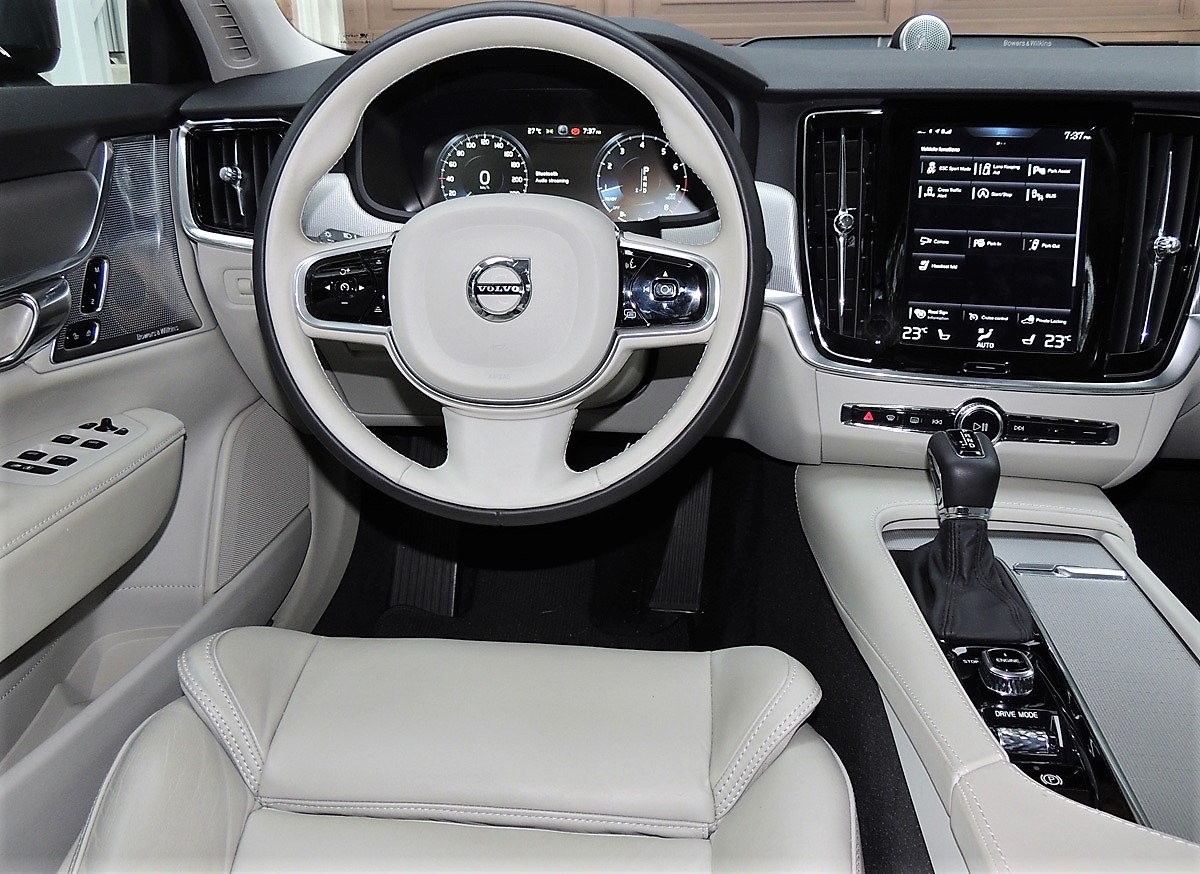
Volvo is known for safety, and V90 models get the full treatment. City Safety (the umbrella for Volvo’s crash avoidance system) is standard, as is collision warning, pedestrian and cyclist detection with automatic braking, along with distance alert, lane departure warning and road sign information.
As are driver aids like adaptive cruise control with active lane keeping aid – key elements of an autonomous driving system.
Both the V90 and CC benefit from limo-like space in the rear quarters. There’s loads of leg room to stretch out, and with optional seat heating, side window shades and separate HVAC controls, passengers are treated to nearly the same comforts as up front.
There’s also a pass through in back to accommodate longer objects (like skis) while carrying passengers. Or push a pair of buttons in the carpeted cargo hold to drop the seats flat, and expand its generous 723 litres to a space large enough for a pair of mountain bikes or large book case.
Also handy is the cargo divider (good for keeping groceries in place) and four chrome cargo tiedowns. The wagon’s lower roofline may not provide the refrigerator-swallowing capacity of an SUV, but it gives the vehicle a sportier silhouette and lower centre of gravity. Besides, how often will you be using your $60K-plus ride for hauling large appliances?
In positioning its 90-series lineup in terms of ride height: low, medium and high (V90, Cross Country and XC90), Volvo now offers a full range of elegant people movers that are purpose built for city dwellers, cottagers, and for those who want the best of both worlds.
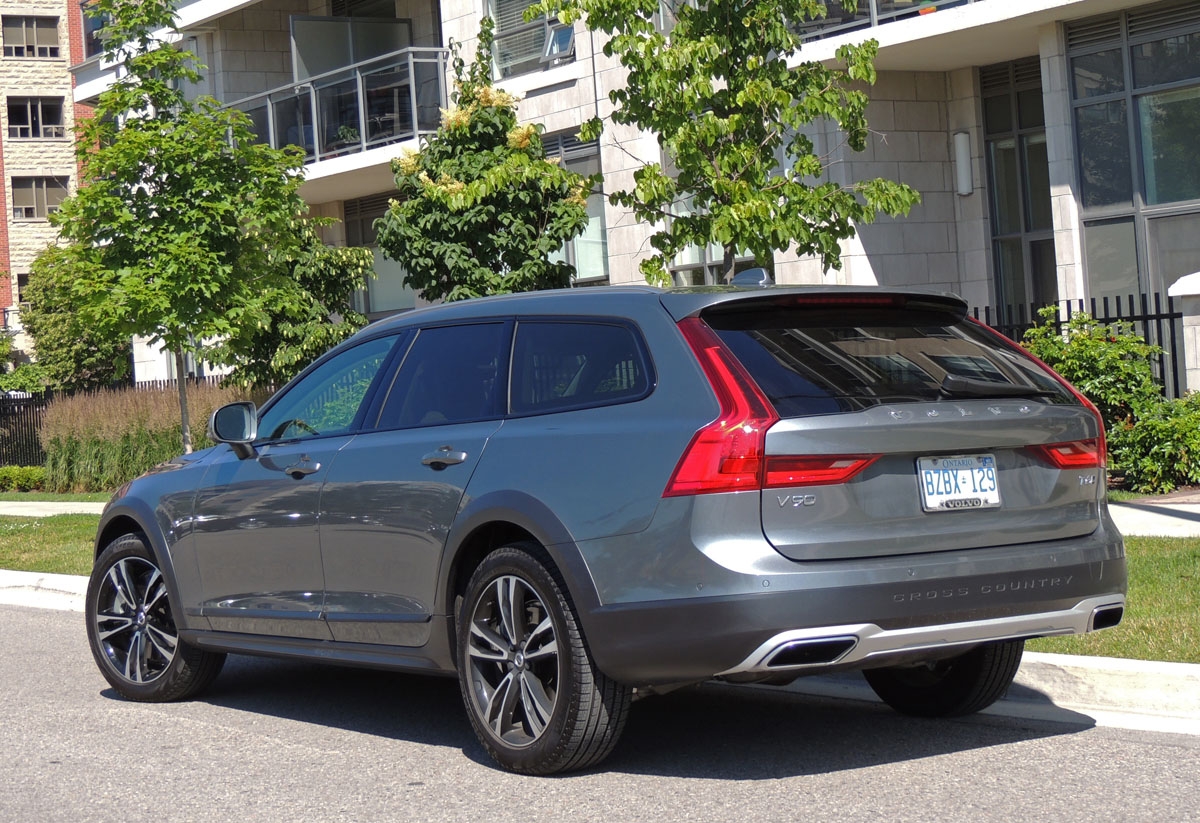
SNAPSHOT: 2017 Volvo V90 and V90 Cross Country
BODY STYLE: full-size wagon and crossover
ENGINE: (as tested) 2.0-litre inline four cylinder with turbocharger and supercharger (316 hp, 295 lb/ft)
TRANSMISSION: 8-speed automatic manual mode, electronically-controlled AWD
FUEL ECONOMY: V90 wagon 10.8/7.6/9.4 L/100km (city/hwy/comb), V90 Cross Country 10.2/6.6/7.9 L/100km (city/hwy/comb)
CARGO: 723 litres with back seats upright
PRICING: V90 Momentum $59,900; R-Design $64,450; Inscription $66,050; Cross Country $61,900. Packages and options extra (see website). Freight and taxes extra.
WEBSITE: volvocars.com

